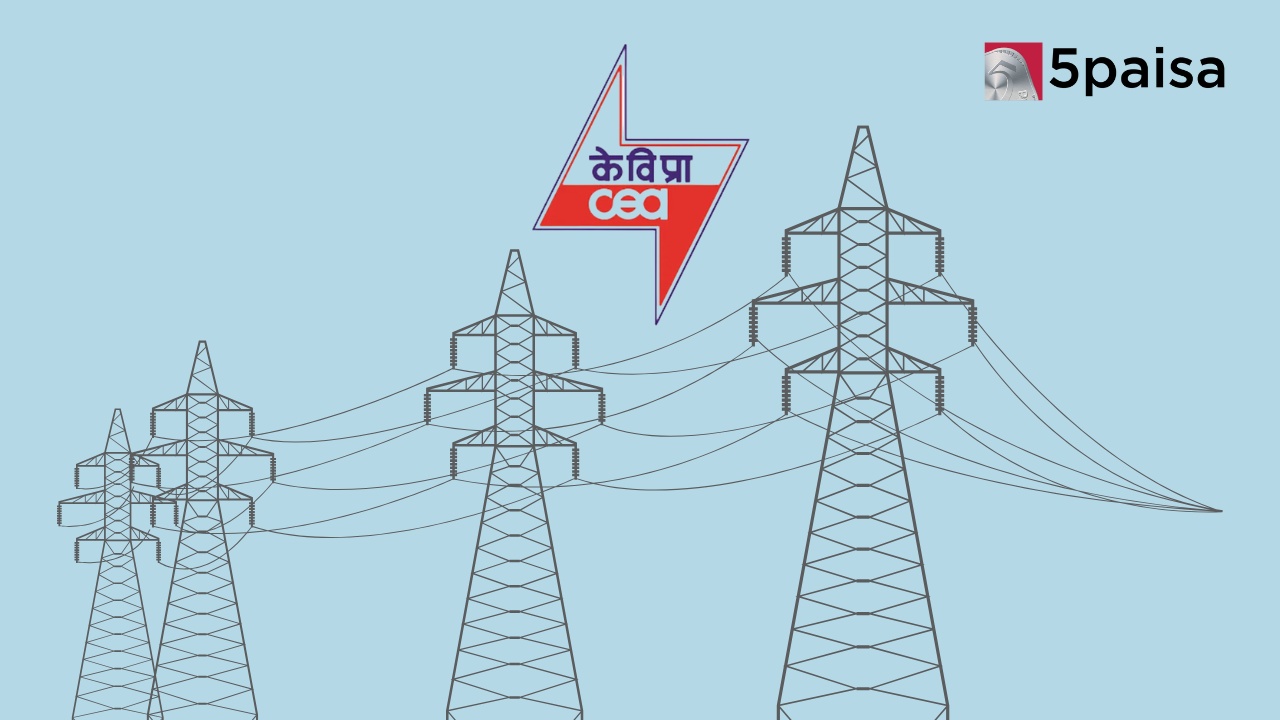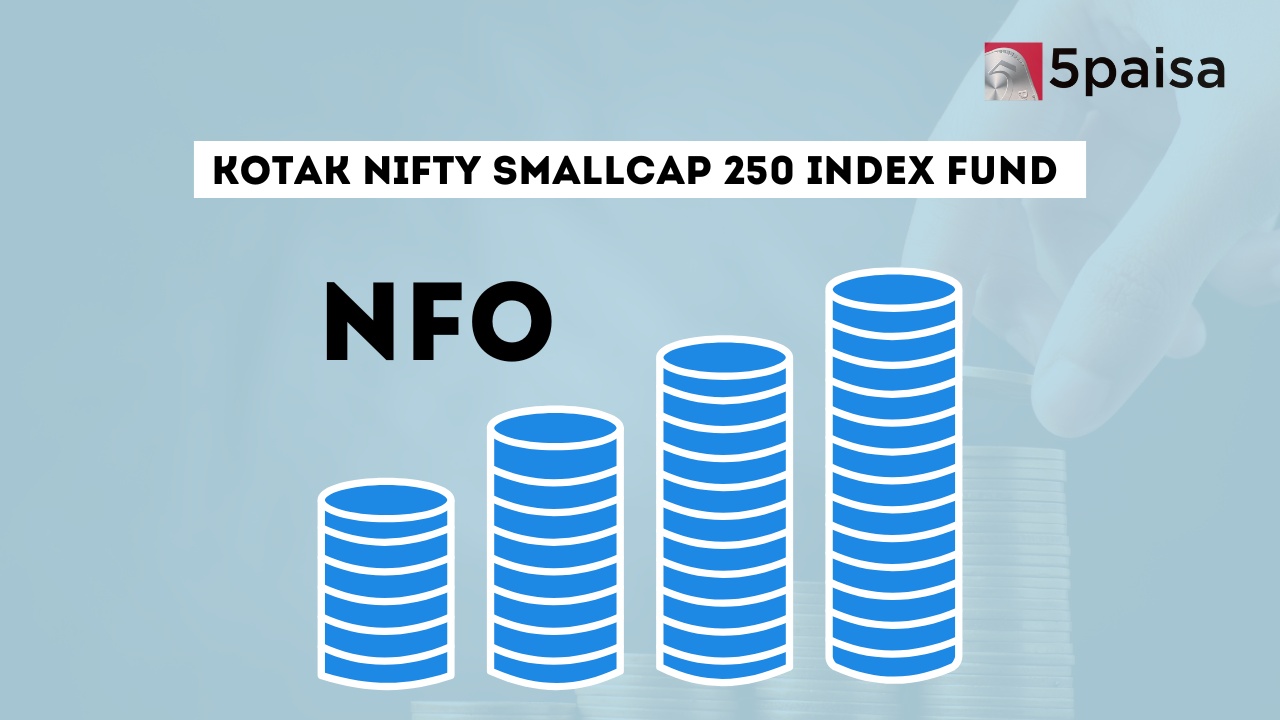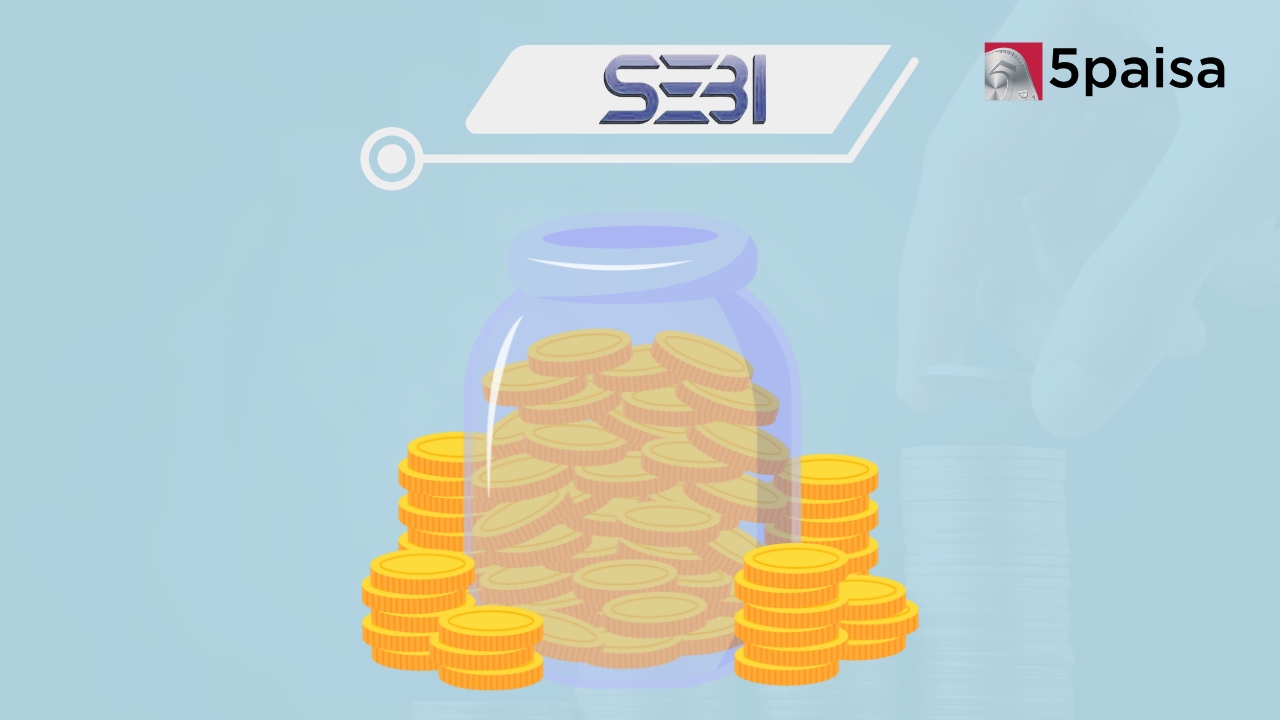COAI wants the OTT players to share telecom infra costs

Last Updated: 30th November 2022 - 06:04 pm
This has been a major area of debate over the last few months since OTT started posing a serious threat to the way digital content was broadcast. In India, OTT players like Amazon Prime, Netflix, Disney Hotstar and Sony Liv have been giving sleepless nights to theatre owners and to movie producers. Now the latest salvo on the OTT companies has come from the Cellular Operators Association of India (COAI). The COAI has now demanded the over the top (OTT) communication platforms must pay usage charges to telecom companies for the infrastructure that they use, since sharing infrastructure cost is at the core of this business. Unlike the other players in this business, OTT players did not share the cost.
The OTT players are obviously up in arms. Many of them are offering subscriptions at very low prices and if this cost sharing comes in then that may not be possible in a rather cost conscious Indian market. The OTT platforms have raised the bogey of net neutrality by bringing in differential pricing for different sets of consumers. However, this time around, the COAI may have a very valid point as it is less about net neutrality and more about a level playing field where the new entrants must not get advantage over the players who contributed to building the infrastructure and also in nurturing the ecosystem.
Now the COAI has write to the Department of Telecommunications (DoT) to work on a mechanism by which a usage charge can be imposed on such OTT players to bring about more of level playing field in the industry. The COAI has suggested that ideally the charges should be arrived at through mutual deliberations between the OTT platforms and the telecom companies. However, in the case of disagreement, the COAI has called upon changes to the draft telecom bill which not only enables but also facilitates and legitimizes such charges as part of the core rule book governing these players.
The COAI may have a point, although one can also argue that this is part of the evolution of any technology intensive industry. New competition will come in with some advantages, providing they are also bringing in some element of innovation in product or process. That is what the OTT players are doing right now. However, the contention of the COAI is that OTT players must logically contribute towards the creation of a network infrastructure in India; which they are enjoying today. COAI pointed out that globally nearly 56% of telecom band-width is used by OTT platforms, they say. It could be higher in India, so there is case.
The logic is that the telecom players have invested money and created the infrastructure which the OTT players are leveraging today. Obviously, the telecom players should be entitled to take usage charges (rent/lease charges) from users who run commercial services on it. The only concern in this argument is that this argument can eventually be expanded to all non-retail users. According to the OTT layers, TRAI had already turned down such a demand citing differential pricing; which was against the grain of net neutrality. Therefore allowing it now would be tantamount to diluting the net neutrality norms.
However, OTT players also offer a business argument to counter the COAI contention. According to the OTT players, a lot of traffic is drive to the telecom networks purely due to the quality of content provided to users by OTT players. If the OTT players have gained from the infrastructure put up by the telecom companies, then telecom companies have also gained from the content put up by the OTT companies which acts as the magnet for subscribes to access the internet more often. Obviously, both are stuck to their stands and the need of the hour is a middle path.
The COAI has offer 3 options for pricing infrastructure to the DOT to be incorporated appropriately into the Draft telecom bill. As a matter of definition, OTT may be defined as a IP enabled communication service or as a real time person to person communication service or it could also be defined as real time communication service offered by telecom companies. Incidentally, the report on net neutrality in 2015 had noted that OTT players competed with telecom players and that could be the key issue here. More so, considering that OTT usage dominates bandwidth consumption in India.
This is not unique to India alone. In Europe, even the Global System for Mobile communications Association (GSMA), is coordinating with the EU on a proposal for a fair share contribution from Big Tech, which accounts for 50 per cent of traffic. We could see some interesting developments in this space and if that happens, OTT may not be as price compulsive as it is today.
- Flat ₹20 Brokerage
- Next-gen Trading
- Advance Charting
- Actionable Ideas
Trending on 5paisa
01
 5paisa Research Team
5paisa Research Team
06
 5paisa Research Team
5paisa Research Team
Indian Market Related Articles
Disclaimer: Investment in securities market are subject to market risks, read all the related documents carefully before investing. For detailed disclaimer please Click here.




